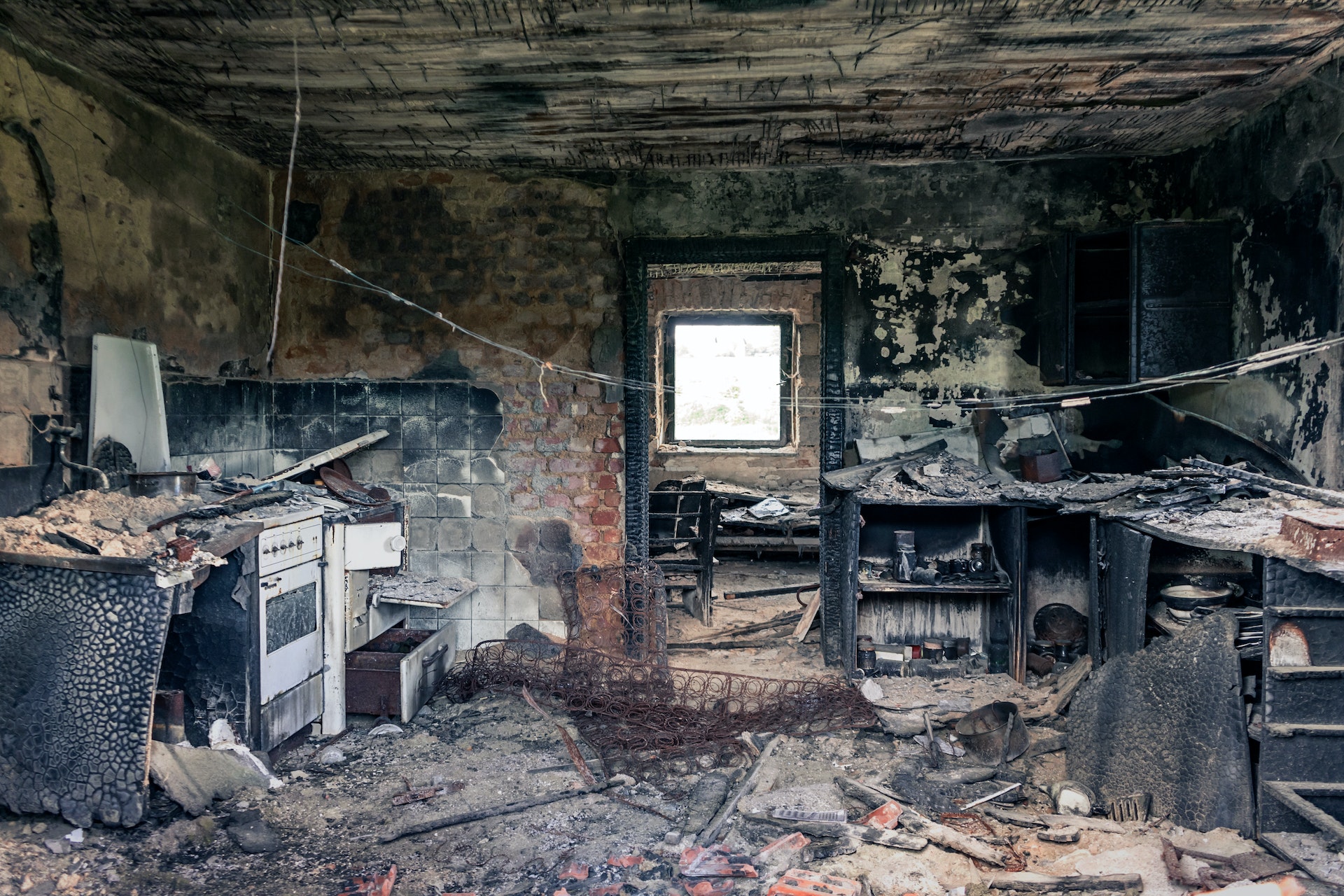If you like spending time outdoors and are interested in gardening, this blog post is for you! In this post, we will discuss some tips on maintaining your garden at home. Gardening can be a fun and rewarding hobby, but it can also be a lot of work. By following these tips, you can make the process easier and keep your garden looking great all season long.
Examine Plants Carefully
One of the most important things you can do to keep your garden healthy is to examine your plants regularly. Look for insect pests or diseases and take action immediately if you see anything suspicious. Catching problems early is often the key to preventing severe damage. Inspect your plants every few days and check under leaves, in crevices, and at the base of the stem.
Apply the Correct Fertilizer
 Fertilizer is important for keeping your garden healthy. You need to apply the correct fertilizer based on the type of plants in your garden. If you are unsure, ask a gardening expert or consult the instructions on the fertilizer packaging.
Fertilizer is important for keeping your garden healthy. You need to apply the correct fertilizer based on the type of plants in your garden. If you are unsure, ask a gardening expert or consult the instructions on the fertilizer packaging.
Too much or too little fertilizer can be harmful to your plants, so you should fertilize your plants every two weeks during the growing season. During the winter, you can reduce the frequency to once a month. If you see that your plants are starting to turn yellow or not growing as fast as they should, you may need to fertilize more often.
Keep an Eye on Your Bugs
One of the most important things you can do to keep your garden healthy is to monitor for pests and diseases. Inspect your plants regularly, looking for anything out of the ordinary. If you see something suspicious, take action immediately. Treating problems early on is usually much easier than waiting until they’ve had a chance to do severe damage.
Prune the Damaged Limbs and Grass Properly
 You have to prune the dead or damaged limbs from your trees. This will help them grow more evenly and prevent them from becoming top-heavy. You should also trim any branches that are rubbing against each other. It would help if you thinned out the canopy of your trees. This will allow more sunlight to reach the inner branches and promote new growth. Maintaining your garden correctly will ensure that it is healthy and looks great.
You have to prune the dead or damaged limbs from your trees. This will help them grow more evenly and prevent them from becoming top-heavy. You should also trim any branches that are rubbing against each other. It would help if you thinned out the canopy of your trees. This will allow more sunlight to reach the inner branches and promote new growth. Maintaining your garden correctly will ensure that it is healthy and looks great.
Maintaining your garden is important to ensure that it looks great and is healthy. A well-maintained garden will make your home look more inviting and welcoming. I hope this blog post has given you some tips on maintaining your garden.



 One of the keys to staying productive when working from home is creating a workspace that helps you focus. While working from your bed or couch may be tempting, these spaces can often lead to distractions and restlessness. Instead, set up a designated area in your home for work. This space should be comfortable and free from clutter. Choose a quiet corner with good lighting and invest in a comfortable chair and desk that fit your needs. Make sure everything you need is within reach – this includes pens, paper, chargers, headphones, and any other tools or equipment necessary for your job. If you have the money, consider investing in an adjustable desk.
One of the keys to staying productive when working from home is creating a workspace that helps you focus. While working from your bed or couch may be tempting, these spaces can often lead to distractions and restlessness. Instead, set up a designated area in your home for work. This space should be comfortable and free from clutter. Choose a quiet corner with good lighting and invest in a comfortable chair and desk that fit your needs. Make sure everything you need is within reach – this includes pens, paper, chargers, headphones, and any other tools or equipment necessary for your job. If you have the money, consider investing in an adjustable desk. Making a to-do list is an effective way to stay productive while working from home. It can help you prioritize tasks and track what needs to be done throughout the day. Start by writing down all the tasks that need to be completed for the day or week. Be specific and include deadlines if necessary. Once you have your list, prioritize tasks based on their importance and urgency. Breaking down larger projects into smaller, more manageable tasks can make them easier to accomplish. This will also give you a sense of accomplishment as you check off each item from your list.
Making a to-do list is an effective way to stay productive while working from home. It can help you prioritize tasks and track what needs to be done throughout the day. Start by writing down all the tasks that need to be completed for the day or week. Be specific and include deadlines if necessary. Once you have your list, prioritize tasks based on their importance and urgency. Breaking down larger projects into smaller, more manageable tasks can make them easier to accomplish. This will also give you a sense of accomplishment as you check off each item from your list. The biggest challenge of working from home is dealing with distractions. With no boss or colleagues around to keep you accountable, it’s easy to get sidetracked and lose focus on your work. Setting clear boundaries between your work and personal life is important. Tell family members when you’re working and ask them not to disturb you during certain hours. Aside from that, you should also turn off notifications. Email, social media, and other notifications can be major distractions. Turn them off or set specific times during the day to check them.
The biggest challenge of working from home is dealing with distractions. With no boss or colleagues around to keep you accountable, it’s easy to get sidetracked and lose focus on your work. Setting clear boundaries between your work and personal life is important. Tell family members when you’re working and ask them not to disturb you during certain hours. Aside from that, you should also turn off notifications. Email, social media, and other notifications can be major distractions. Turn them off or set specific times during the day to check them.


 One of the worst things that we often overlook is blocked vents. Vents are typically located on walls, ceilings, and even under furniture. However, if these vents are blocked by furniture or any other household items, it can restrict the airflow around your home. You need to ensure that your vents have clear air passage. Simply try to rearrange your furniture away from the vents. Additionally, you should also check for any obstructions or debris from the vents, as this could lead to further airflow issues.
One of the worst things that we often overlook is blocked vents. Vents are typically located on walls, ceilings, and even under furniture. However, if these vents are blocked by furniture or any other household items, it can restrict the airflow around your home. You need to ensure that your vents have clear air passage. Simply try to rearrange your furniture away from the vents. Additionally, you should also check for any obstructions or debris from the vents, as this could lead to further airflow issues.